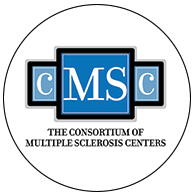Study Summary
Although adequate vitamin D levels have been linked to lower risk for multiple sclerosis (MS) in adulthood, previous research has been conflicting regarding the association of prenatal vitamin D status with subsequent MS risk. The goal of this prospective, nested case-control study was to evaluate the association of maternal serum 25-hydroxy vitamin D (25[OH]D) levels in early pregnancy with risk for MS in the offspring.
Using the Finnish Maternity Cohort, researchers identified 193 patients (about 84% were female) diagnosed with MS before December 31, 2009, whose mothers were enrolled in this cohort and had an available serum sample from the pregnancy with the affected child. Seventy percent of these samples were obtained during the first trimester. The investigators matched 176 cases with 326 controls, based on Finnish birth region and dates of maternal serum sample collection, mother’s birth, and child’s birth.
Mean maternal vitamin D levels, based on chemiluminescence assay, were in the insufficient vitamin D range overall, although they were higher in controls relative to cases (15.02 ± 6.41 ng/mL vs 13.86 ± 5.49 ng/mL). Compared with mothers who did not have deficient 25(OH)D levels during early pregnancy, those who had deficient levels ( < 12.02 ng/mL) had nearly twice the risk for MS in their offspring (relative risk [RR]: 1.90; 95% confidence interval [CI], 1.20-3.01; P=. 04), based on conditional logistic regression with adjustment for sex of the offspring, gestational age at sample collection, and season of sample collection. MS risk was not significantly associated with increased serum 25(OH)D levels (RR: 0.52; 95% CI, 0.22-1.19; P=. 12).
Viewpoint
Study limitations include the use of maternal 25(OH)D levels as a proxy measure for fetal vitamin D status, sample collection mostly during the first trimester, lack of data on other MS risk factors, and young age at MS diagnosis (mean: 19.8-27 years). It is therefore possible that the association between maternal 25(OH)D levels during pregnancy and MS incidence decreases at older ages. In addition, this study did not examine 25(OH)D levels during childhood and early adulthood of the offspring who ultimately developed MS. Despite these limitations, these findings suggest that detecting and correcting maternal vitamin D deficiency in early pregnancy may help reduce risk for MS in their offspring.
Although mechanisms underlying this association are still undetermined, one possible mechanism might involve the effect of vitamin D receptor activation on suppression of interleukin-17 and proinflammatory T cells. A second potential mechanism may be the effect of vitamin D deficiency on myelinogenesis, as vitamin D may be a necessary cofactor in lipid metabolism during myelin formation in early development.
Munger KL, Åivo J, Hongell K, Soilu-Hänninen M, Surcel HM, Ascherio A










